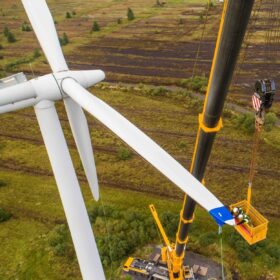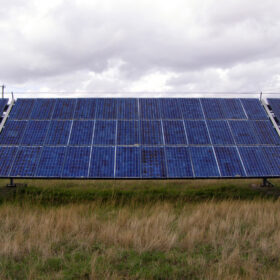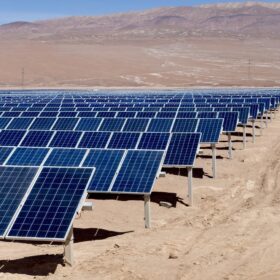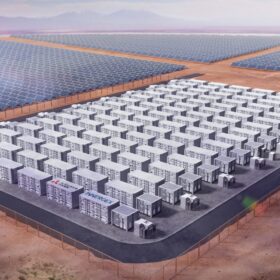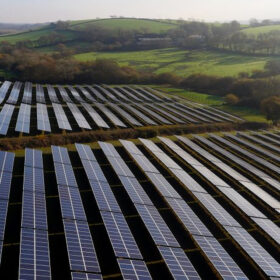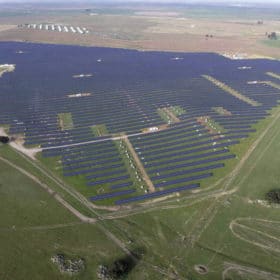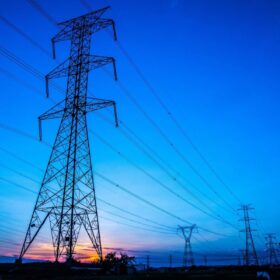Ingeteam sells O&M division to RES Group
Ingeteam has sold its operation and maintenance (O&M) division to UK-based RES Group. It say the 35 GW renewable assets are worth €35 billion ($38.2 billion).
Pexapark notes demand for renewables-plus-storage assets in Europe
Pexapark, a Swiss consultancy, has studied energy storage drivers, value streams, contractual agreements, and regional perspectives in Europe. It says that one obstacle to deployment is the inability to properly model revenue, and notes that 15% of companies plan to use AC coupling for projects in the next three years.
AES switches on 180 MW PV plant linked to 112 MWh of storage in Chile
AES Corp. has switched on a 180 MW solar plant connected to 112 MWh of storage in Chile. The project in the Atacama Desert is Latin America’s largest solar plant to be linked to battery storage.
Guatemala’s energy auction attracts 48 bidders
Guatemala’s latest energy auction has attracted 48 bidders for 235 MW of capacity. The auction has been oversubscribed, with more than 1 GW of project proposals submitted. The national regulator will announce the final results on Aug. 2.
MCPV to build 3 GW solar cell, module factory in Netherlands
MCPV has revealed plans to build a 3 GW solar cell and module factory in the Netherlands, with an initial capacity of 300 MW and an expected increase to 3 GW by 2026. The factory will produce solar panels using an unspecified heterojunction cell technology, with an efficiency of up to 26.5%.
Chile releases bidding terms for 5,400 GWh renewables, storage auction
The Chilean authorities want to contract 5,400 GWh of power from renewable energy, while also including battery storage. The selected developers will secure 20-year power purchase agreements (PPAs).
DIF secures 10-year PPA for 55 MW of solar, 40 MW/80 MWh of storage
DIF Capital Partners has secured a 10-year power purchase agreement (PPA) for a solar-plus-storage project in Bedfordshire, England. It includes 55 MW of solar capacity and 40 MW/80 MWh of storage, making it the first large-scale solar-plus-storage PPA in the country.
Gamesa releases new grid-forming central inverter
Spanish manufacturer Gamesa says its new hybrid version of its Proteus inverter can be combined with big batteries. It can work in grid-following and grid-forming mode.
Portugal aims to install 20.4 GW of solar by 2030
The Portuguese government has raised its 2030 solar target by 11.4 GW. It now hopes to cover 85% of its electricity mix with renewables by the end of the decade.
Chile posts record levels of solar curtailment
Chile reached record levels of PV curtailment in the first five months of this year. The amount of renewable energy that could not be integrated into the electricity grid hit 735 GWh, up 86% from the same period in 2022.
